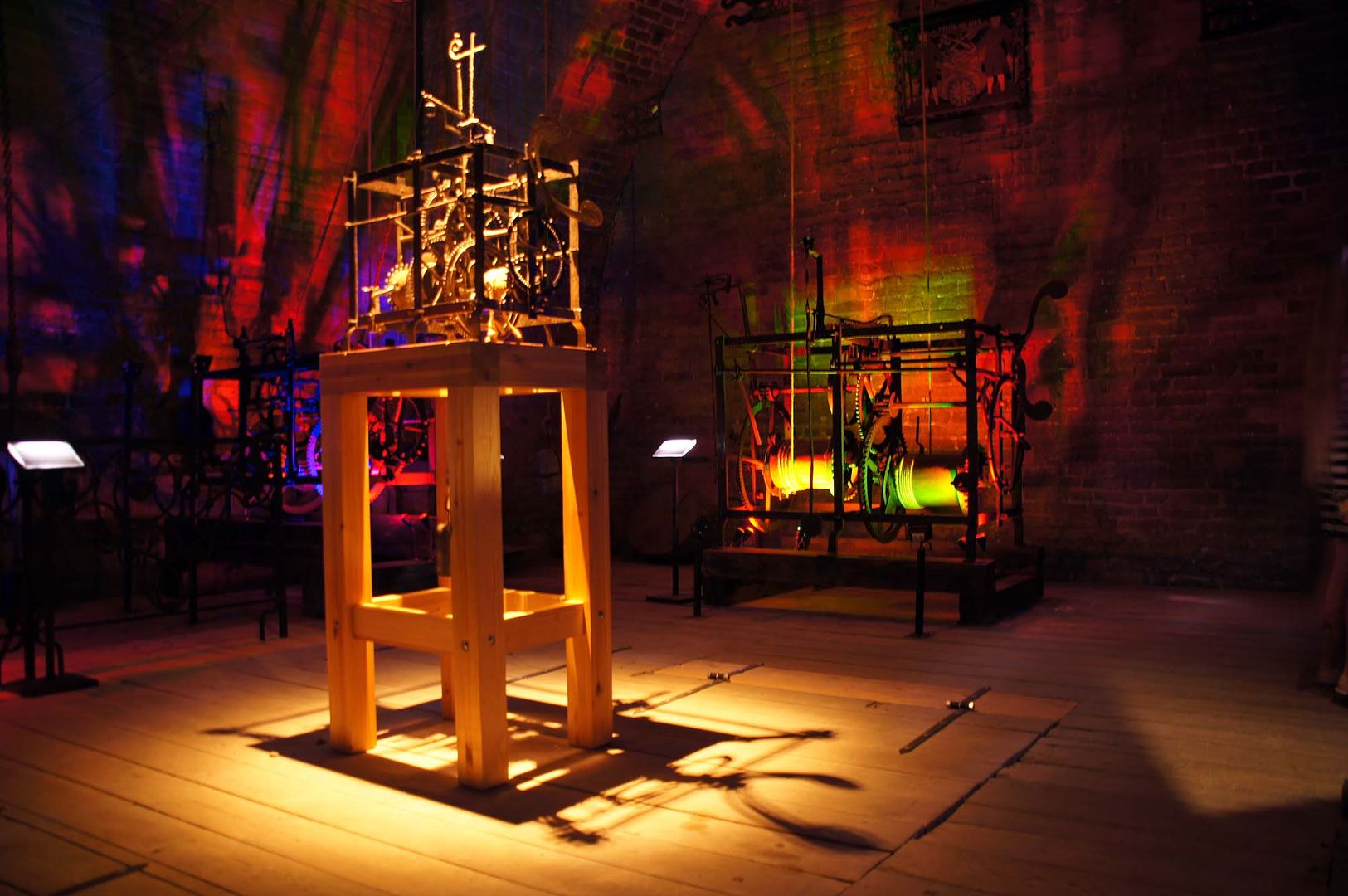Tower Clock Museum
6.46

Overview
The Tower Clocks Museum, now operating as the Gdańsk Science Museum, is located in the Old Town of Gdańsk and is a branch of the Museum of Gdańsk. It was established in 1996 as a result of an agreement between the city authorities and the Order of Carmelites, who provided access to the interior of the tower of their church dedicated to St. Catherine. This museum, the only one of its kind in Poland, collects and conserves clock mechanisms that could no longer remain in their original locations due to war damage and changes in their operating conditions. The museum's collection includes clocks from the 15th to the 20th century and is representative of the history of clockmaking. Additionally, the museum's staff maintains historic clocks in various locations across Poland. The Tower Clocks Museum has also developed new, innovative constructions. The world's most accurate pendulum clock, built by its employees, is characterized by extraordinary precision, deviating by only a few microseconds per day. The museum also created a pulsar clock—the most accurate clock in the world at the time of its installation—which uses signals from pulsars, significantly improving the accuracy of atomic clocks. Since 2016, the museum has housed a clock with the world's longest pendulum, measuring 31 meters and 22 centimeters. The museum is not only an important cultural site but also a center of innovation in horology, blending modern technology with a rich craft history.
Location
2025 Wizytor | All Rights Reserved